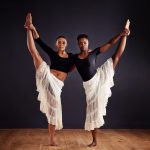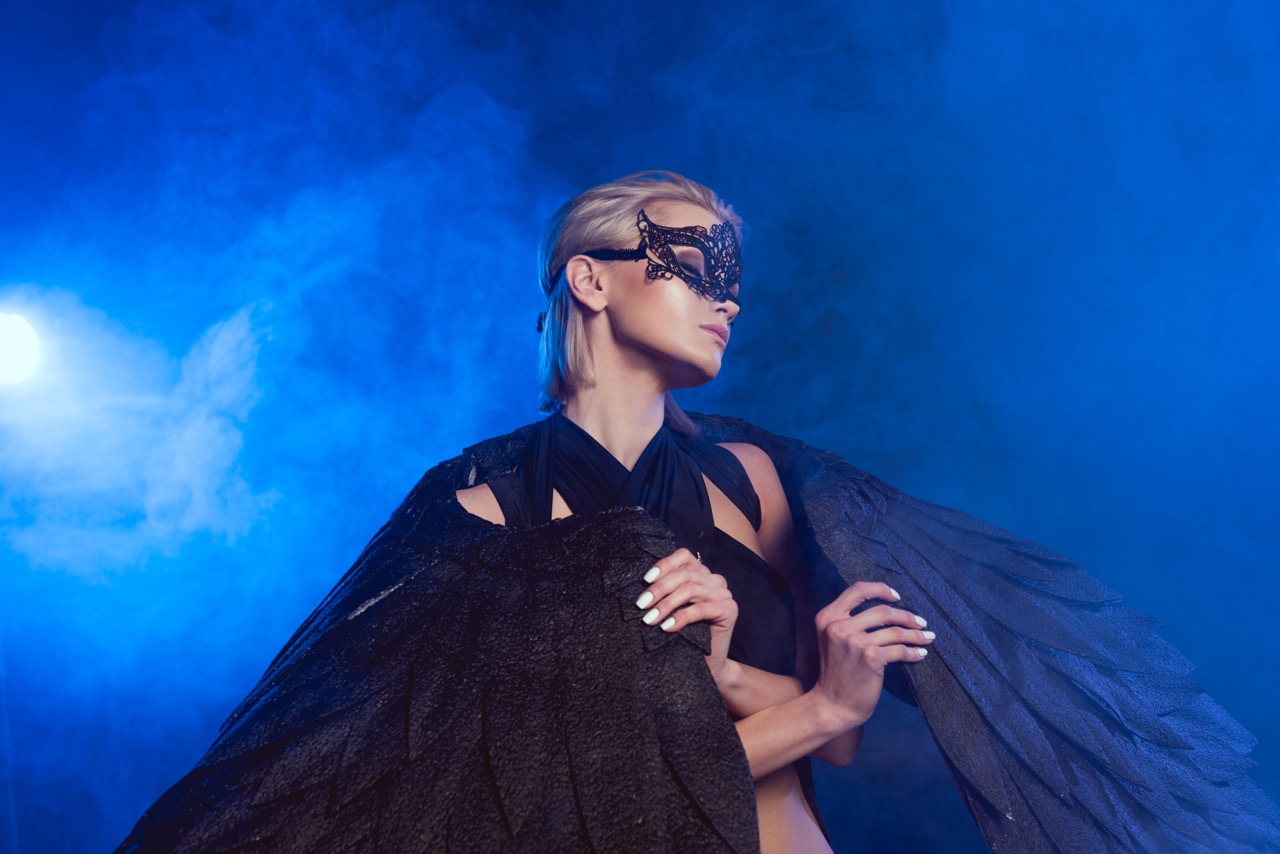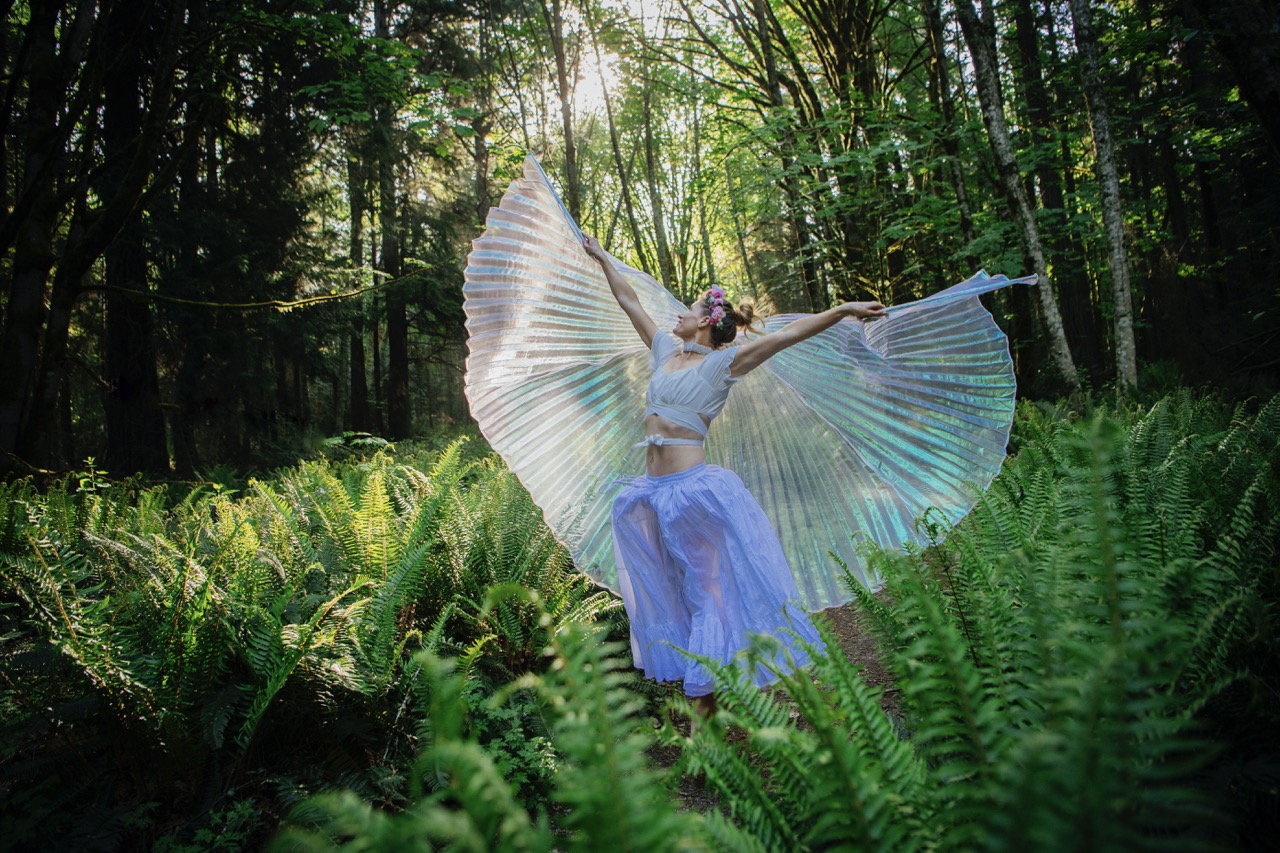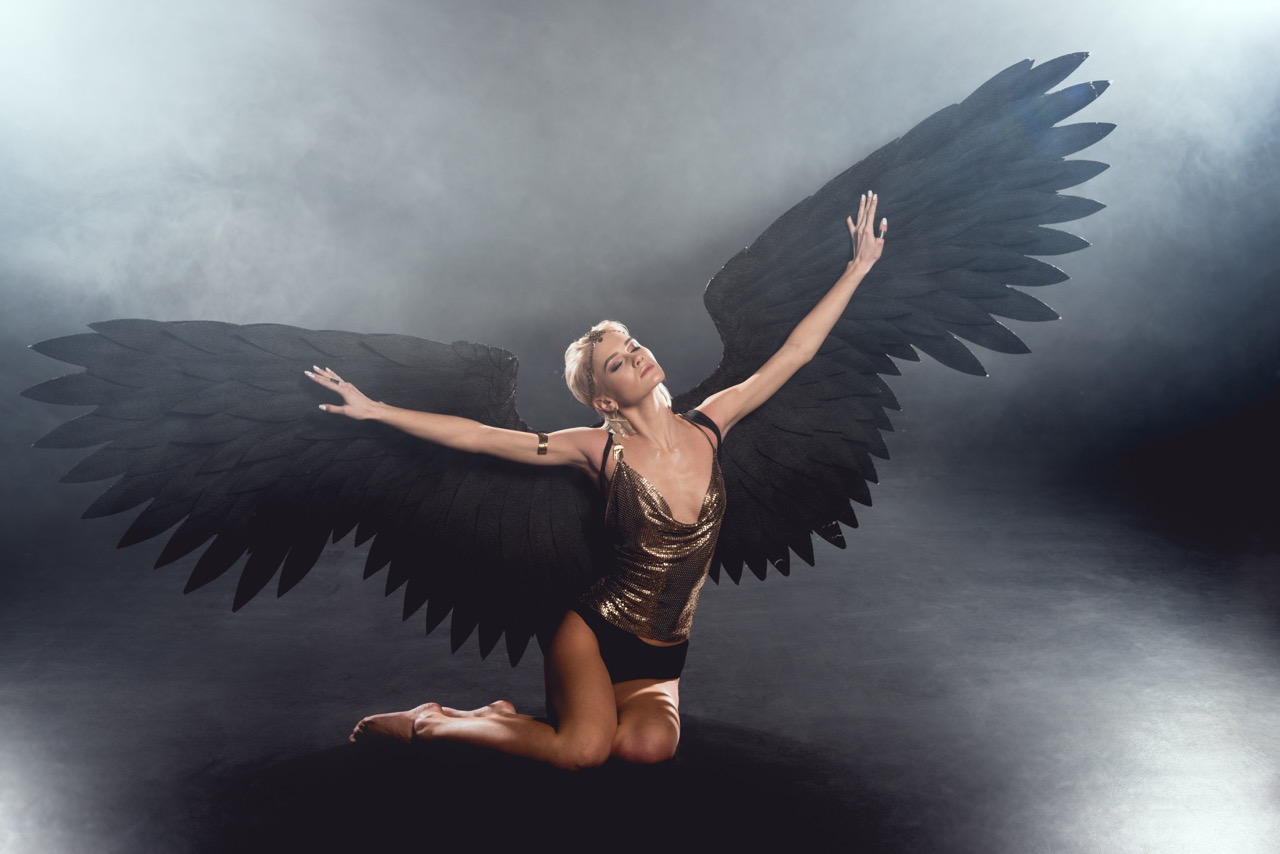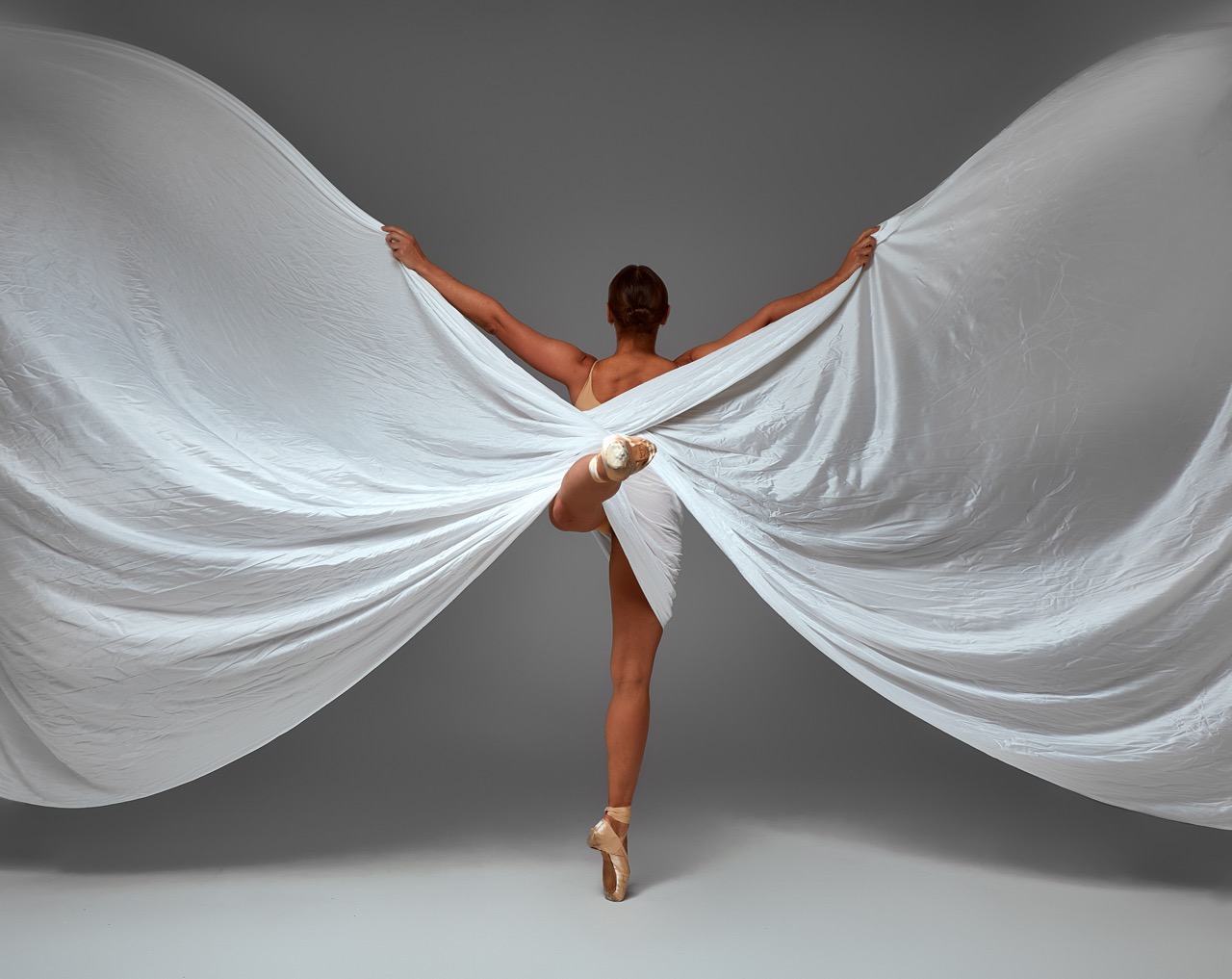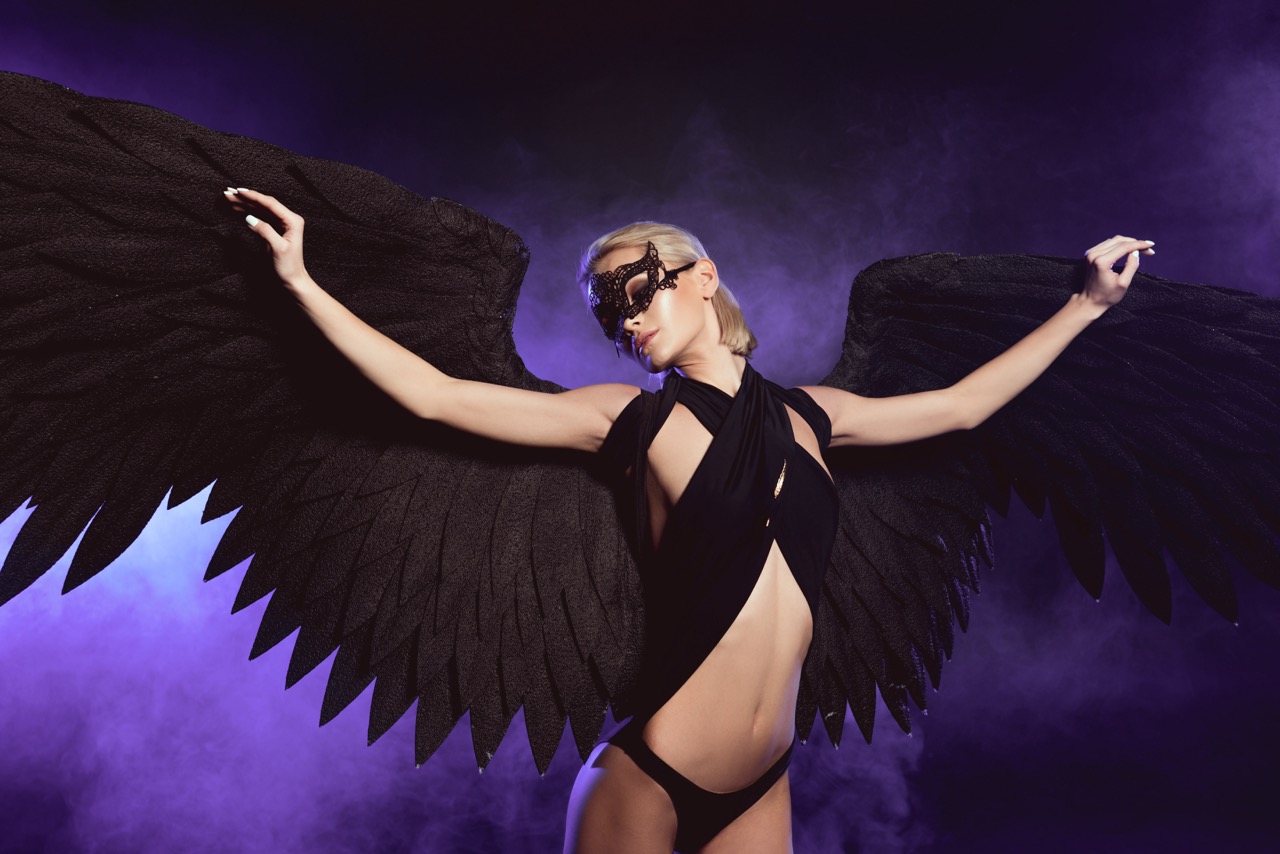Dance has always been more than mere entertainment; it serves as a profound reflection of societal values and cultural identity. From the rhythmic beats of tribal gatherings to the sophisticated forms of contemporary dance, each style encapsulates the zeitgeist of its time, showcasing the beliefs, struggles, and aspirations of the people. As a universal language, dance transcends barriers, allowing individuals to communicate their deepest emotions and collective experiences. This article explores the intricate relationship between dance and society, revealing how movement serves as a powerful conduit for cultural expression.
The Rhythm of Culture: Dance as a Mirror of Society
Dance acts as a vibrant snapshot of cultural norms and historical contexts. Each movement, step, and gesture often encapsulates societal beliefs, rituals, and traditions. For instance, indigenous dances may celebrate agricultural cycles or rites of passage, showcasing the community’s connection to nature and spirituality. In contrast, urban dance forms like hip-hop often reflect themes of resilience and revolution, stemming from the socio-political landscape of marginalized communities. By examining these movements, we can gain insights into the values and struggles that define different cultures.
Furthermore, dance evolves with society, adapting to contemporary issues while retaining its roots. For example, the emergence of dance styles like contemporary and street dance represents a response to the changing dynamics of modern life. These forms break away from traditional conventions, emphasizing individuality, freedom of expression, and social commentary. As such, dance becomes a living history, continuously reshaping itself to mirror the collective consciousness of its people, thus creating a dynamic dialogue between past and present.
Through the lens of dance, we can also observe the shifting attitudes towards gender, race, and identity. Traditional forms often highlight rigid roles and expectations, while newer styles promote inclusivity and empowerment. As dancers challenge societal norms through their art, they inspire audiences to examine their own beliefs, catalyzing social discourse and encouraging change. In this way, dance not only reflects culture but actively participates in its evolution.
Movement and Meaning: How Dance Communicates Values
At its core, dance is a form of communication that transcends verbal language. Through the nuances of movement, dancers convey emotions and values that resonate on a deeply human level. For instance, the fluidity and grace of ballet can evoke themes of beauty and aspiration, while the sharp, aggressive movements of breakdancing may symbolize struggle and defiance. Each style carries its own vocabulary, allowing performers to express a wide range of sentiments—from joy and celebration to sorrow and resistance.
Moreover, dance often serves as a medium for storytelling. Many traditional dances have narratives woven into their choreography, depicting historical events, myths, or moral lessons. For example, the Kathak dance of India narrates tales from epics like the Mahabharata, bridging the gap between art and education. In this way, dance not only entertains but also preserves cultural heritage, ensuring that values and lessons are passed down through generations.
In contemporary society, dance embraces a multitude of genres, enabling diverse voices to emerge. Social dance movements, such as salsa or swing, foster community engagement and inclusivity, inviting individuals to connect through shared experiences. Additionally, performance art has become a powerful platform for political expression, as choreographers address pressing issues such as racism, inequality, and environmental concerns. By harnessing the emotive power of movement, dance communicates values and sparks dialogue, pushing boundaries and challenging the status quo.
From Tradition to Innovation: Dance Through the Ages
The evolution of dance is a testament to humanity’s adaptability and creativity. Traditional dances, often rooted in historical context, provide a sense of belonging and cultural identity. Over the centuries, these dances have been preserved and passed down, serving as a means of connecting generations. However, as societies evolve, so do their dance forms. The integration of modern influences, technology, and global exchanges has led to the emergence of innovative styles that often blend traditional elements with contemporary themes.
Despite this fusion, the essence of traditional dance remains significant. Cultural festivals and community gatherings continue to celebrate these art forms, ensuring their relevance in a rapidly changing world. For instance, traditional African dances are often performed during ceremonies, reinforcing community bonds and cultural pride. This persistence highlights the importance of cultural heritage in shaping societal values, reminding us of the roots from which we grow.
As we navigate through the 21st century, the dance landscape is more diverse than ever. Styles like contemporary dance and urban choreography reflect the complexities of modern existence, grappling with themes such as identity, globalization, and technology. Innovators in dance are not only preserving tradition but also challenging and redefining it, creating a dialogue between the past and the future. This interplay between tradition and innovation exemplifies how dance adapts while remaining deeply connected to the cultural fabric of society.
The Power of Expression: Dance and Social Change Dynamics
Dance possesses a unique power to inspire social change, acting as a catalyst for awareness and action. Throughout history, movements like the Civil Rights Movement in the United States have utilized dance as a form of protest and expression. Choreographers and dancers have harnessed the emotive power of their art to address issues of injustice and inequality, rallying communities and igniting passion for change. By transforming personal experiences into collective expression, dance creates a sense of unity among those advocating for social transformation.
In recent years, the intersection of dance and activism has gained momentum with the rise of social media, enabling dancers to reach global audiences. Platforms like Instagram and TikTok have become spaces for activists to share their messages through choreography, allowing movements like Black Lives Matter to resonate beyond geographical boundaries. Dance challenges societal norms and amplifies marginalized voices, reminding us of the transformative power of art as a vehicle for social dialogue.
The dynamic relationship between dance and society is exemplified in initiatives that promote inclusivity and accessibility. Programs that engage marginalized communities through dance foster empowerment and healing, allowing individuals to reclaim their narratives. From performances that celebrate cultural diversity to workshops that address mental health, dance serves as a unifying force that transcends barriers, ultimately fostering a society that values empathy, understanding, and collective action.
In conclusion, dance is a powerful medium that reflects the values and intricacies of society. Through its rich history and diverse forms, it serves as both a mirror and a catalyst for cultural expression, enabling communities to articulate their beliefs, emotions, and aspirations. As we continue to navigate an ever-evolving world, dance remains a vital component of human experience, offering insights into our shared journeys and the values that connect us. By embracing the artistry and power of movement, we can foster a deeper understanding of ourselves and the societies we inhabit, ultimately shaping a more inclusive and empathetic future.




